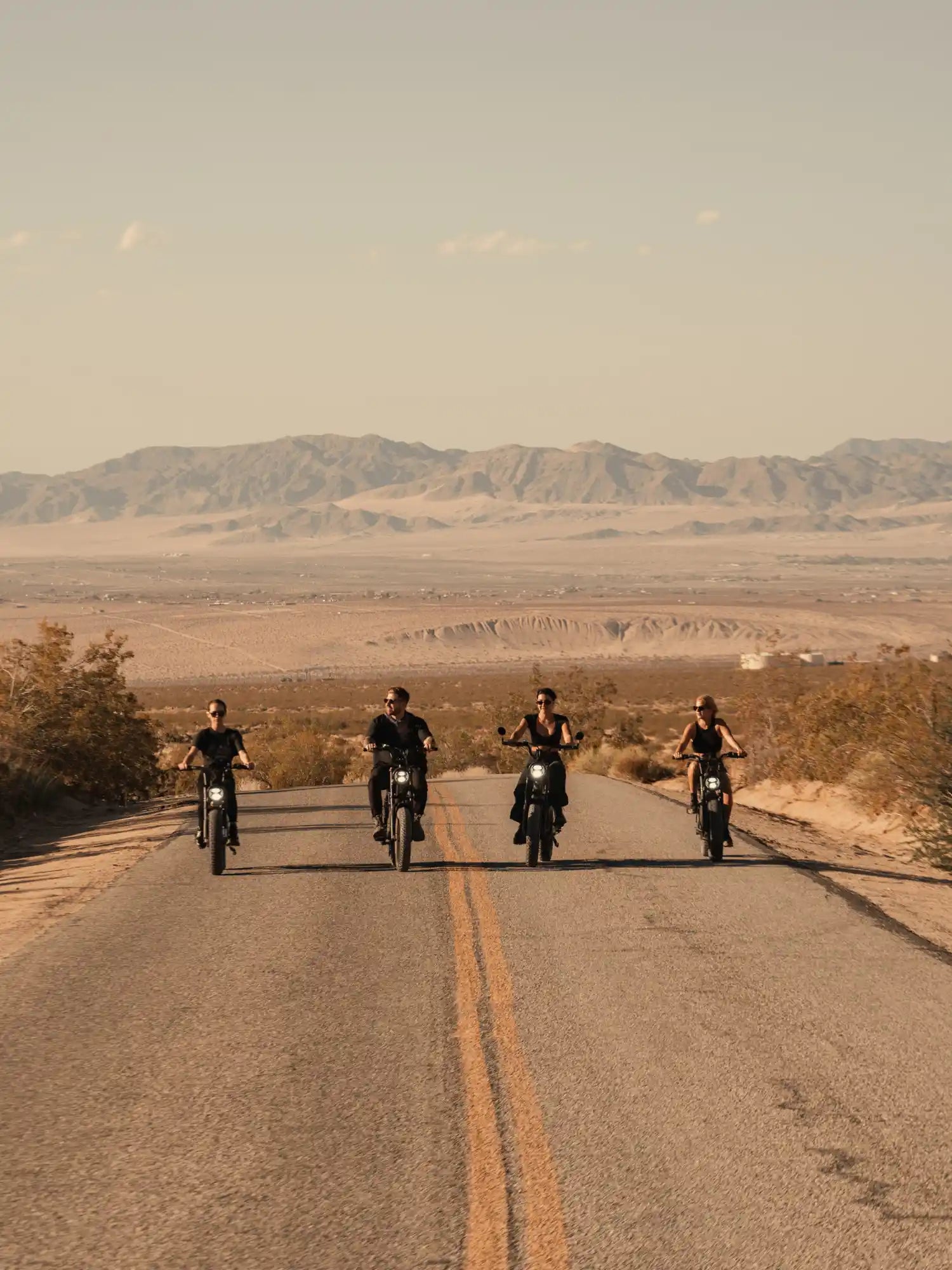Picture pedaling your e-bike up to a steep hill, immediately wondering if this thing would make it up. For a lot of riders, especially when hilly routes are an issue, it is all about motor power. Whether you are an eco-minded commuter, outdoor adventurer, or cycling newbie, this guide will help you understand just how significant e-bike wattage is for hill climbing. We will explain the differences between 250W, 500W, and 750W motors, sharing our insights to match your needs for commuting and aspirations for adventure. If you were planning to conquer those slopes, be assured this guide will lead you in the right direction.
Understanding E-Bike Wattage
The wattage of the e-bike is going to tell one how much power output is coming from the motor and will be a huge determinant in the performance of the bike in question. Generally, if the wattage is higher, it will have more power, which, in turn, should mean that it is very good at difficult terrains such as steep hills or rugged trails. However, bear in mind that a higher wattage does not always translate into a better ride. Since you understand wattage, you can make your choice with regard to an e-bike that best fits your needs. You will be able to get the perfect balance of power, efficiency, and comfort. Want to think about beating those challenging routes? Knowing the right wattage will do a difference.
250W E-Bikes Explained
A 250-watt geared hub motor is a good entry point into the world of e-bikes and will best serve a rider on flat routes and light commuting. One may notice more or less of this kind of motor on urban commuter bikes, which help deliver ample power to keep one riding daily. Generally, these are energy-efficient and, therefore, ensure very smooth riding in comfort without quick battery drainage. Perfect for city riders who don't get much hill action, a 250W motor will let you glide effortlessly through the streets while supporting a greener, eco-friendly lifestyle. If you're looking for a trustworthy and efficient ride for your urban commute, this motor is great.
500W E-Bikes Explained
Upgrading the motor to 500W really strikes a great balance between power and efficiency. These e-bikes excel in mixed terrain, easily handling anything up to moderate hills and versatile under any condition. With more power, not overly draining the battery too fast, these bikes are just about every outdoor enthusiast's and beginner's favorite for being a lot of fun and versatile. Be it cruising down city streets or meandering down picturesque countryside trails, this 500W e-bike is sure to provide dependable support to make the ride smooth and pleasant while keeping battery life in check. A great mix between performance and endurance, this is a fine option when it comes to motors. Check out our 500W e-bikes here.
750W E-Bikes Explained
A 750W motor would serve the adventurer well, who consistently would have to make his or her way up steep hills. With high torque and great speed, this level of the motor enables e-bikes to tackle even the toughest inclines with ease, releasing exhilarating acceleration and climbing strength. Among cycling enthusiasts, this is one of the top choices for strong performance and thrilling rides. These e-bikes can be a bit heavier and use more battery power, but if you are that person who wants all that power and strength, it is well worth it. From mountain trails to extended rides, a 750W e-bike ensures you conquer the journey without performance compromise.
Comparing Performance on Hills
Since torque is the rotational force that gets your e-bike going, it should play an important role in hill navigation. The higher wattage an e-bike has, the greater the torque it will exert. This makes the ride up hills much easier and smoother. A 750W e-bike, for example, would normally give more torque than a 250W or 500W e-bike and thus would have far better hill-climbing skills.
Now, put yourself on a ride-out around San Francisco's steep landscape. It's well and fine-a 250W e-bike is going to work hard on the steeper streets, requiring a lot of pedaling. A 500W motor would thus find life easier on moderate hills, while a 750W motor would hardly break a sweat on even the steepest slopes, though it would most certainly be drinking deep from the tank.
In rural or mountainous areas, a necessity compels one to go for higher wattage. Chances are that a 250W e-bike will surely disappoint on steep ascents and leave a wish for more pedaling power. While a 500W model can definitely provide stronger support, even then it can ask for your help on slopes that are really demanding. It is there that the difference really comes in with a 750W ebike, able to power through rough trails with ease and taking more time to enjoy the ride rather than fight the grade.
Battery Life and Efficiency
That means a high wattage motor draws more power from the battery, hence affecting the range of distance one can cover with a single charge. Though the 250W motor provides great efficiency and extended battery life, it would provide more power at 750W, though this decreases the battery life. The trick is to find the balance between motor wattage and battery capacity to improve your e-bike experience.
Suppose two riders, one with a 250W e-bike and the other with a 750W model, both at full charge. The 250W will keep going farther on flat, while the higher-powered 750W model has finer hill-climbing power; it recharges more often. Understand these trade-offs, and you can pick the best e-bike setup for your conditions or style of riding.
The frequency and time of charging depend on various factors. Higher wattage may require more frequent recharging and would consume much longer recharge time. A high capacity battery or a fast charger will solve these problems, assuring your e-bike is ready for your next journey.
Cost Considerations
The price of an e-bike usually goes higher with the increase in wattage. An e-bike at 250W is, in fact, a lot cheaper when compared to a 750W e-bike. For hill-climbing purposes, the latter would definitely be much better than the former, though it does come at a higher price. Still, it may be worth your investment for long-term benefits in cost savings for commuting and increased health from putting in more exercise.
Great wattage comes at a greater cost, from purchasing to maintenance, as the engines of such ebikes will be way more complicated and fast-wearing. Regular servicing and incidental part replacement is another factor for which one needs to consider budgeting while choosing an e-bike.
Assessing your investment means weighing added power against increased costs. If there are some considerable hills along your daily route, then investing in a higher wattage e-bike will pay off and make riding much better.









Leave a comment
All comments are moderated before being published.
This site is protected by hCaptcha and the hCaptcha Privacy Policy and Terms of Service apply.